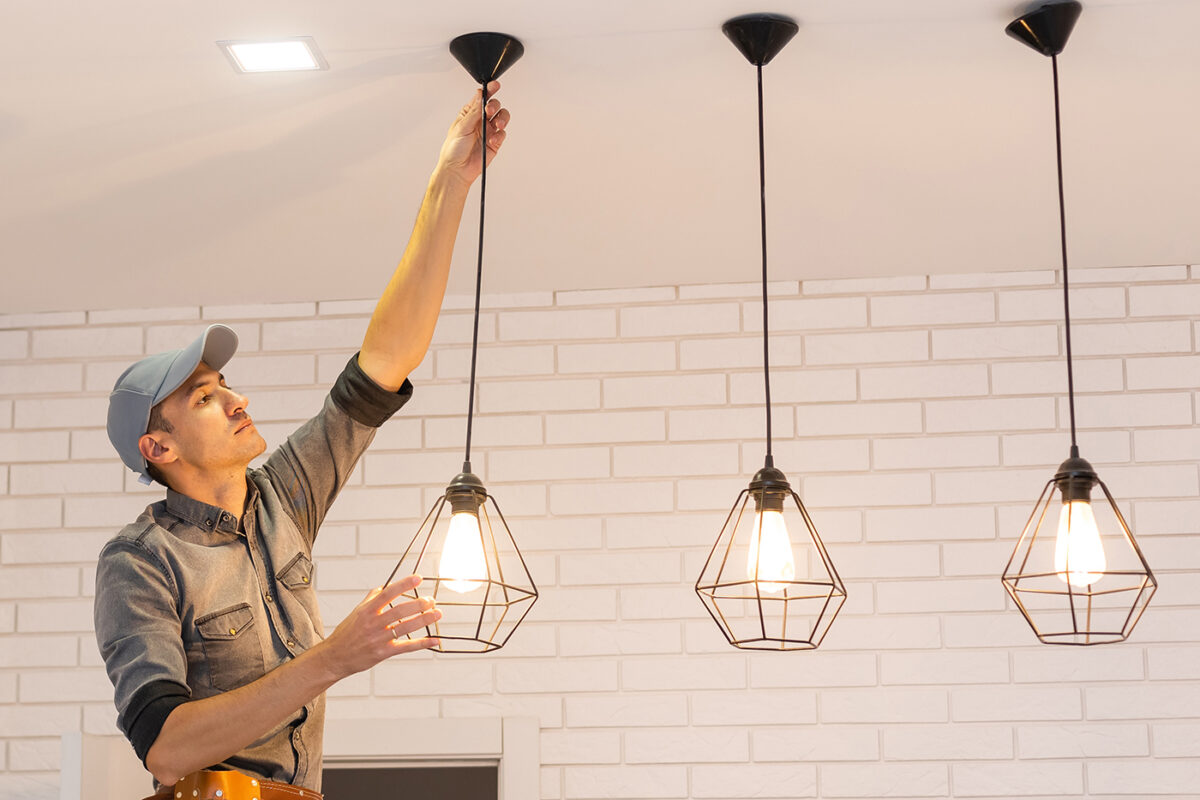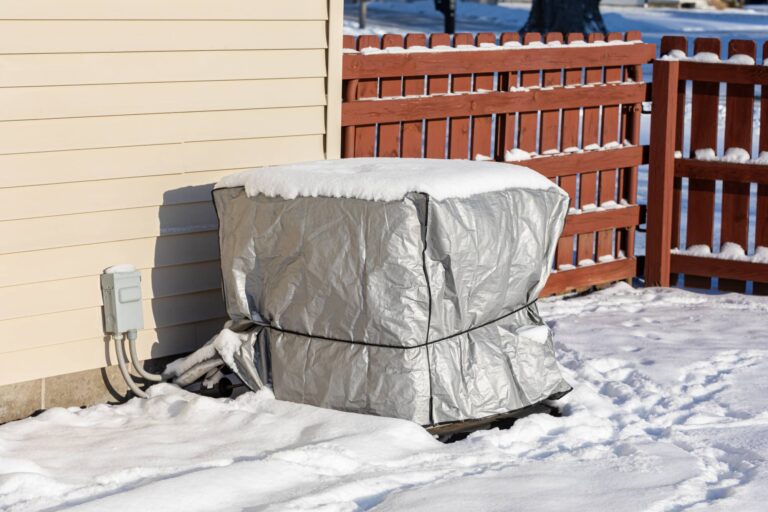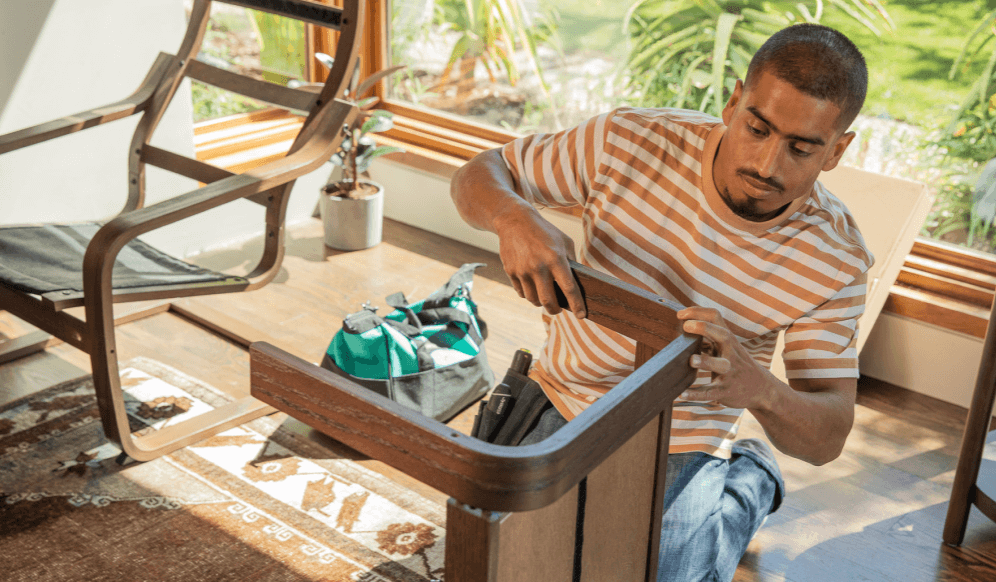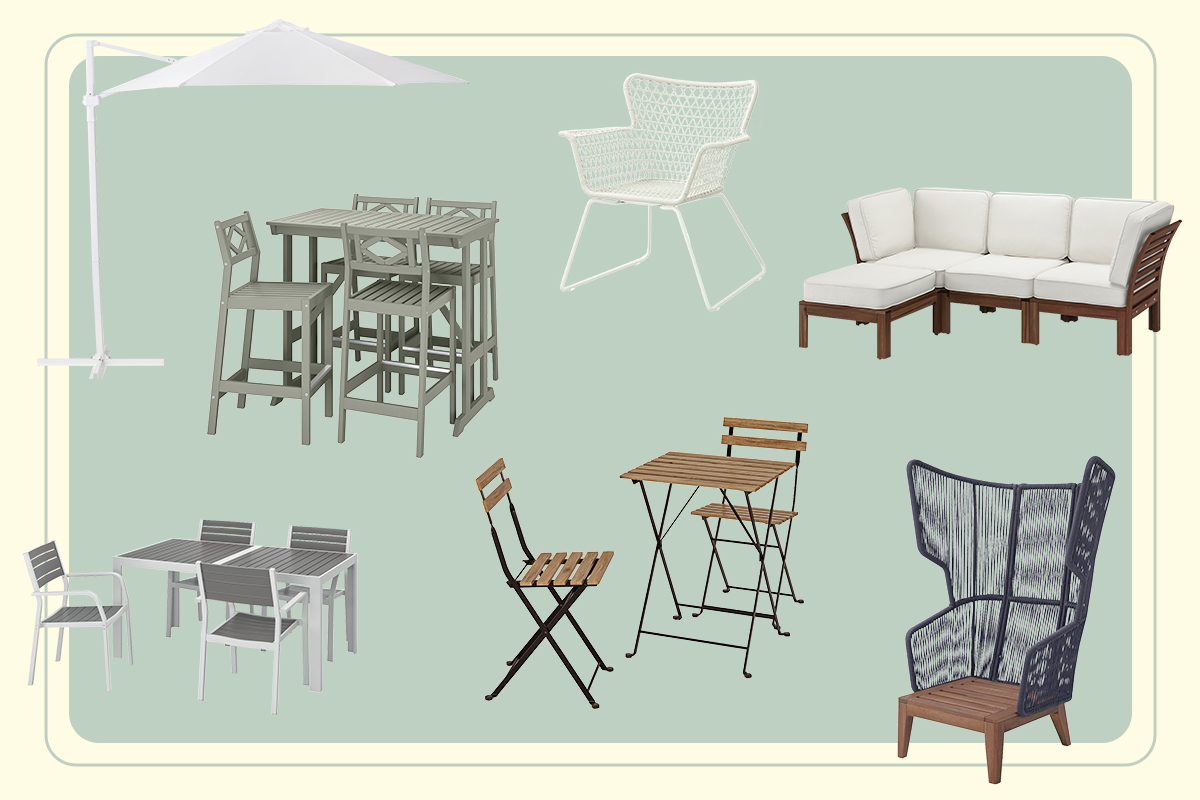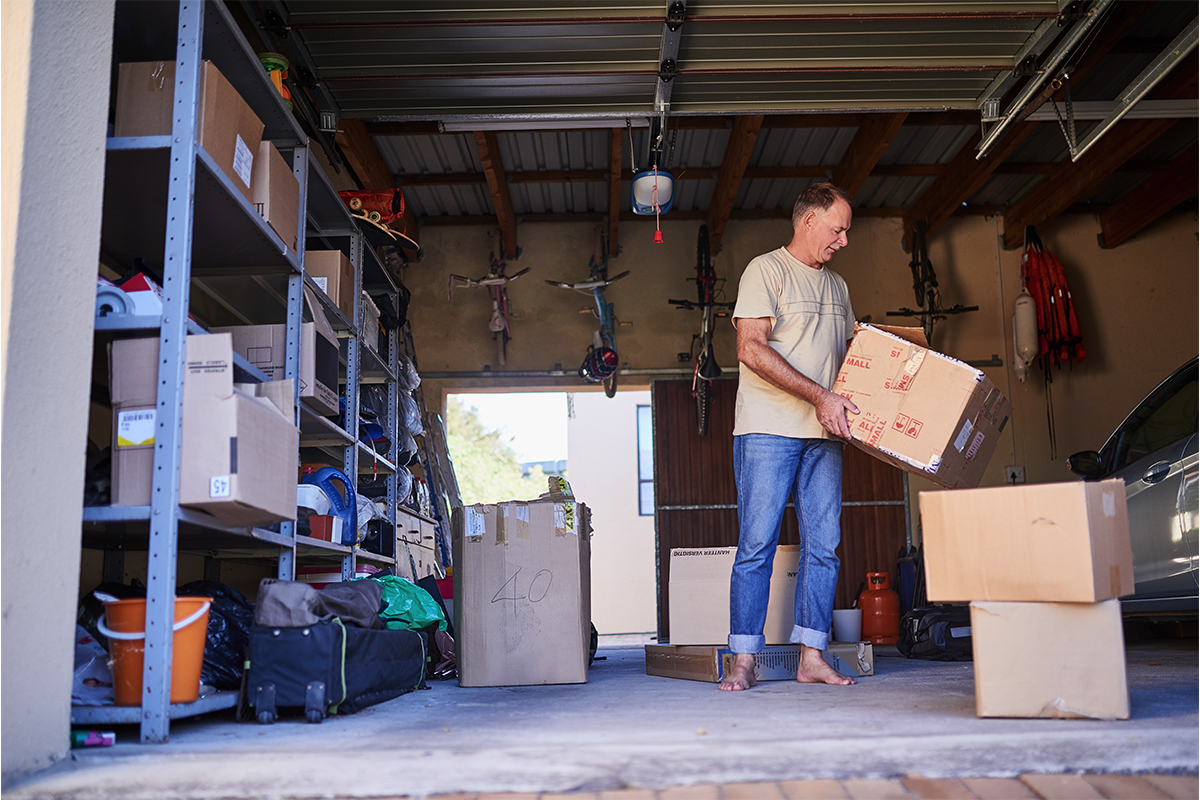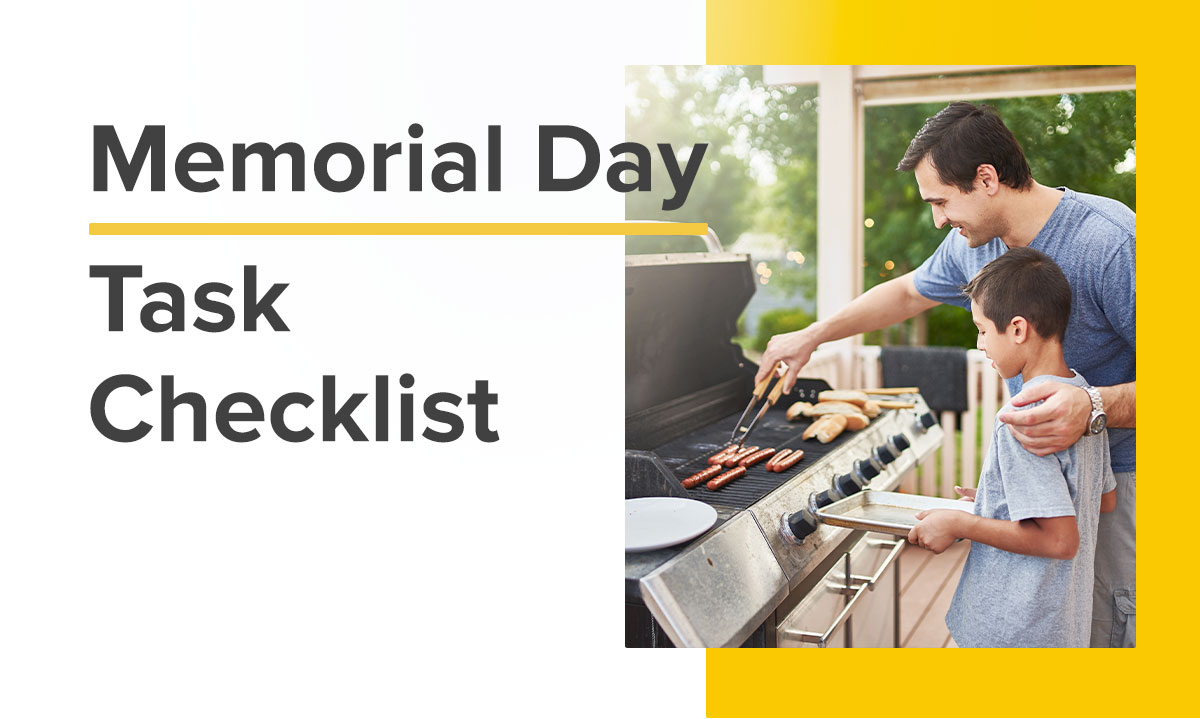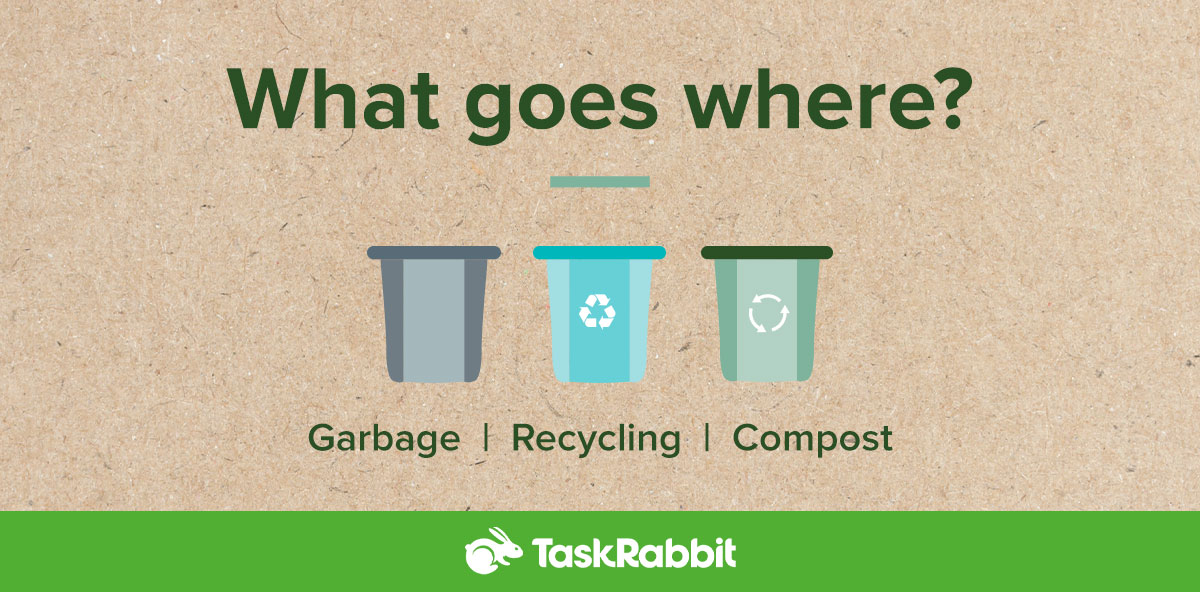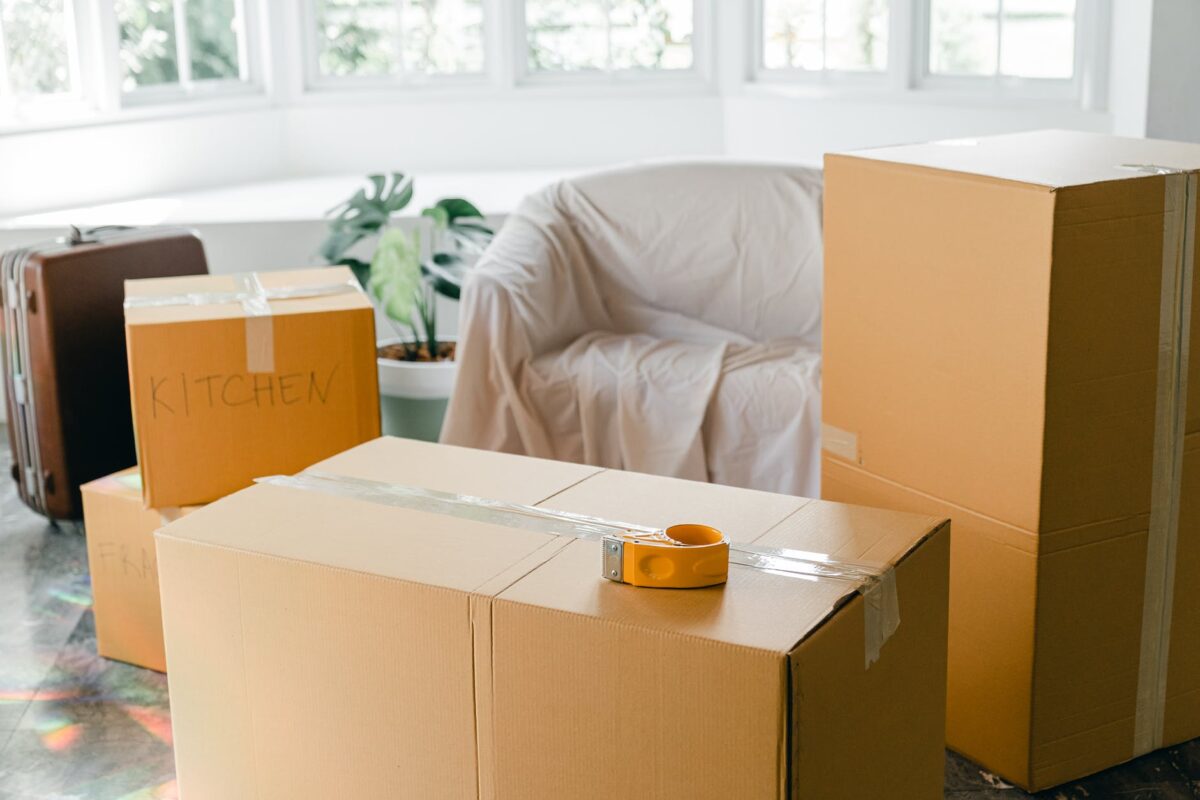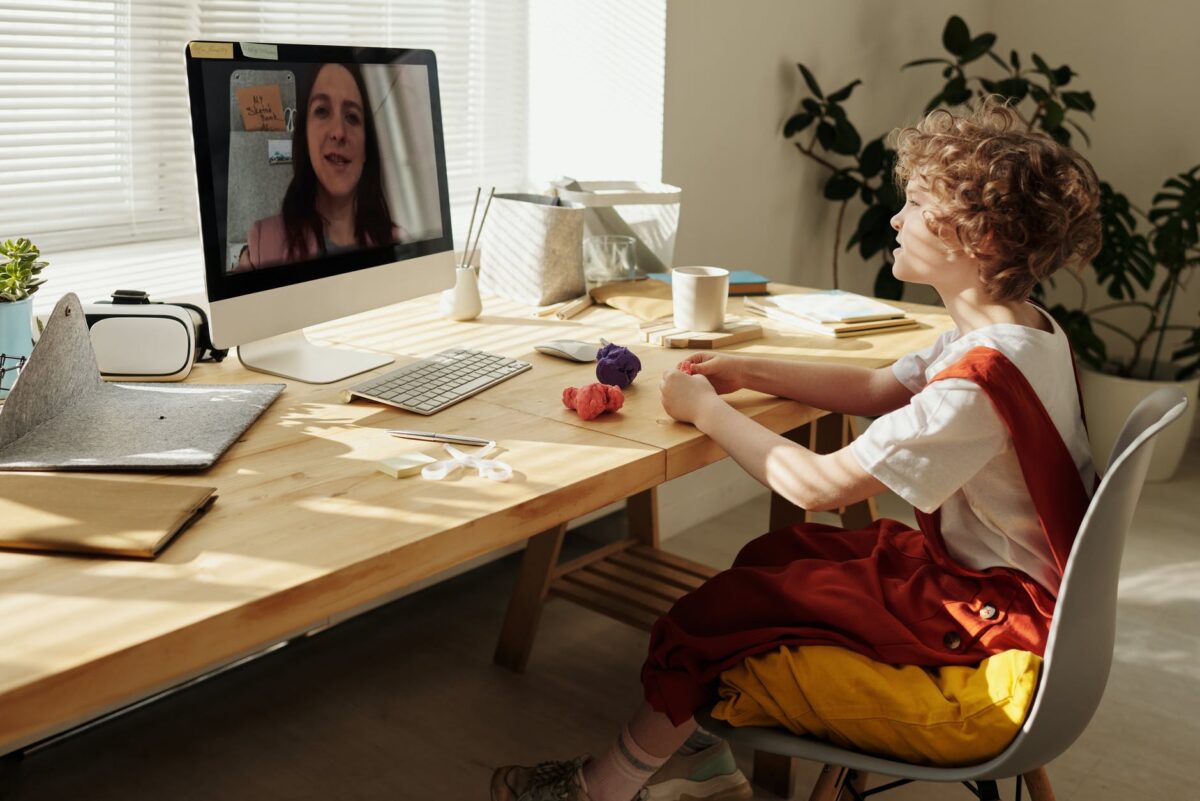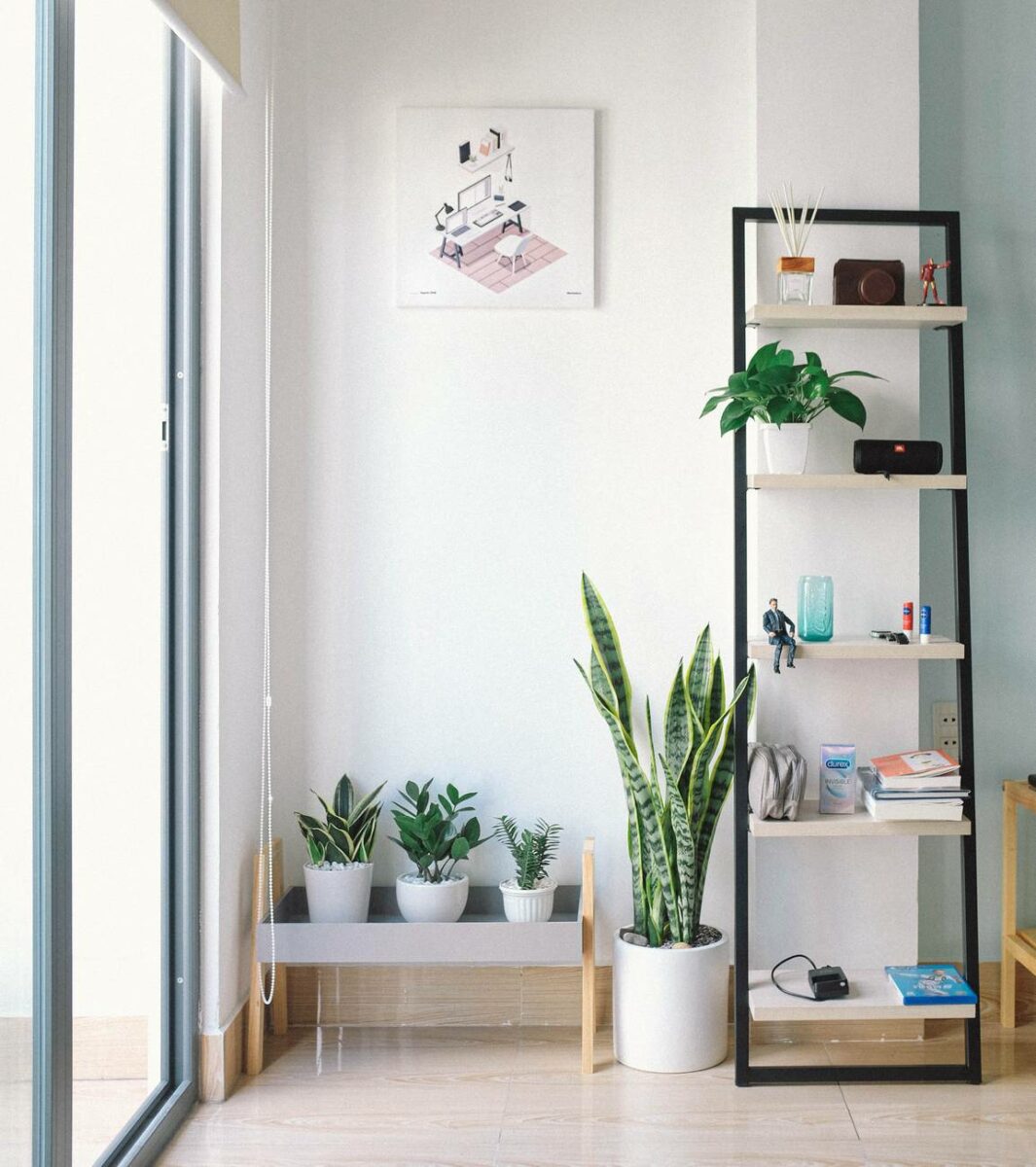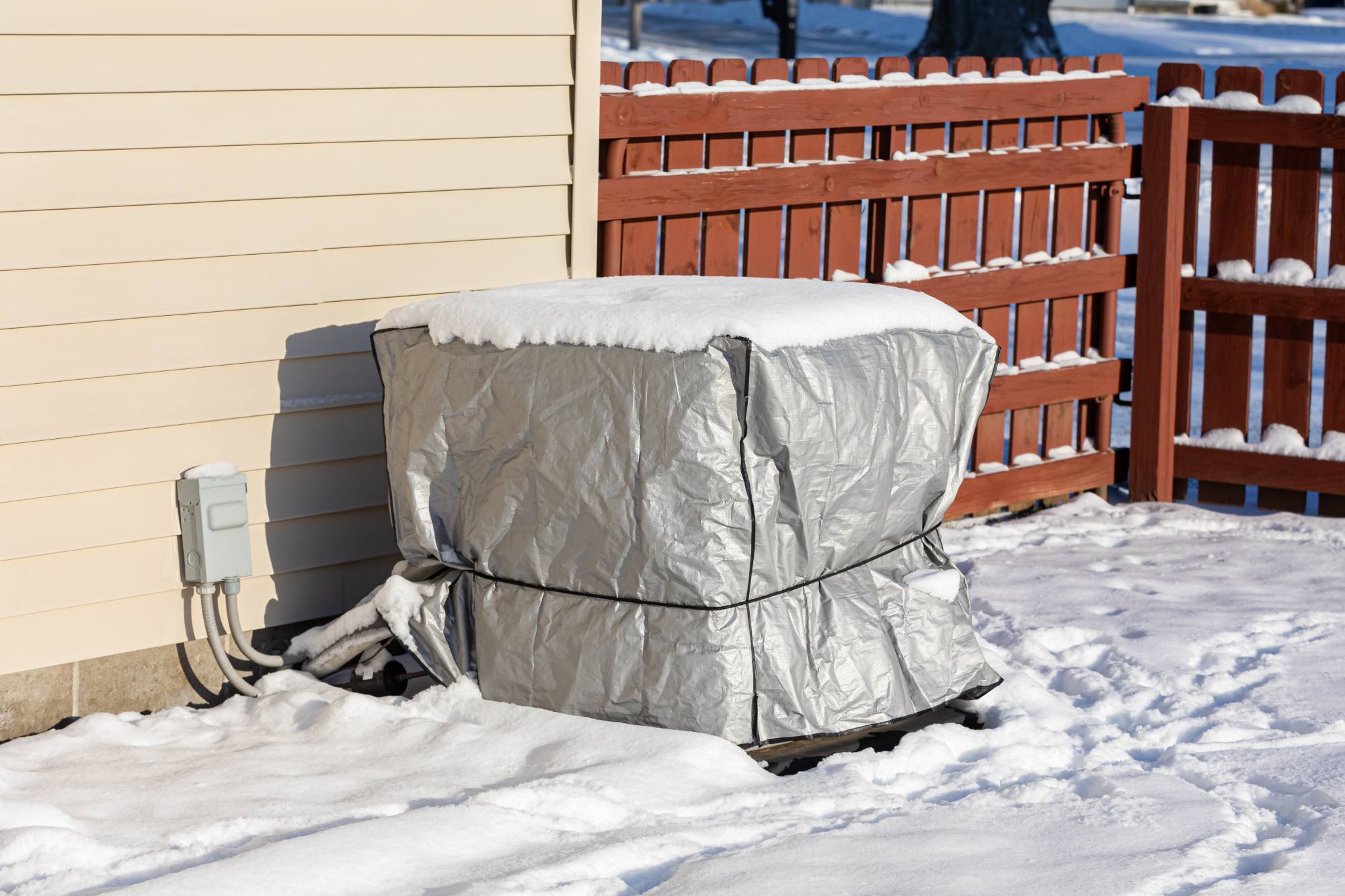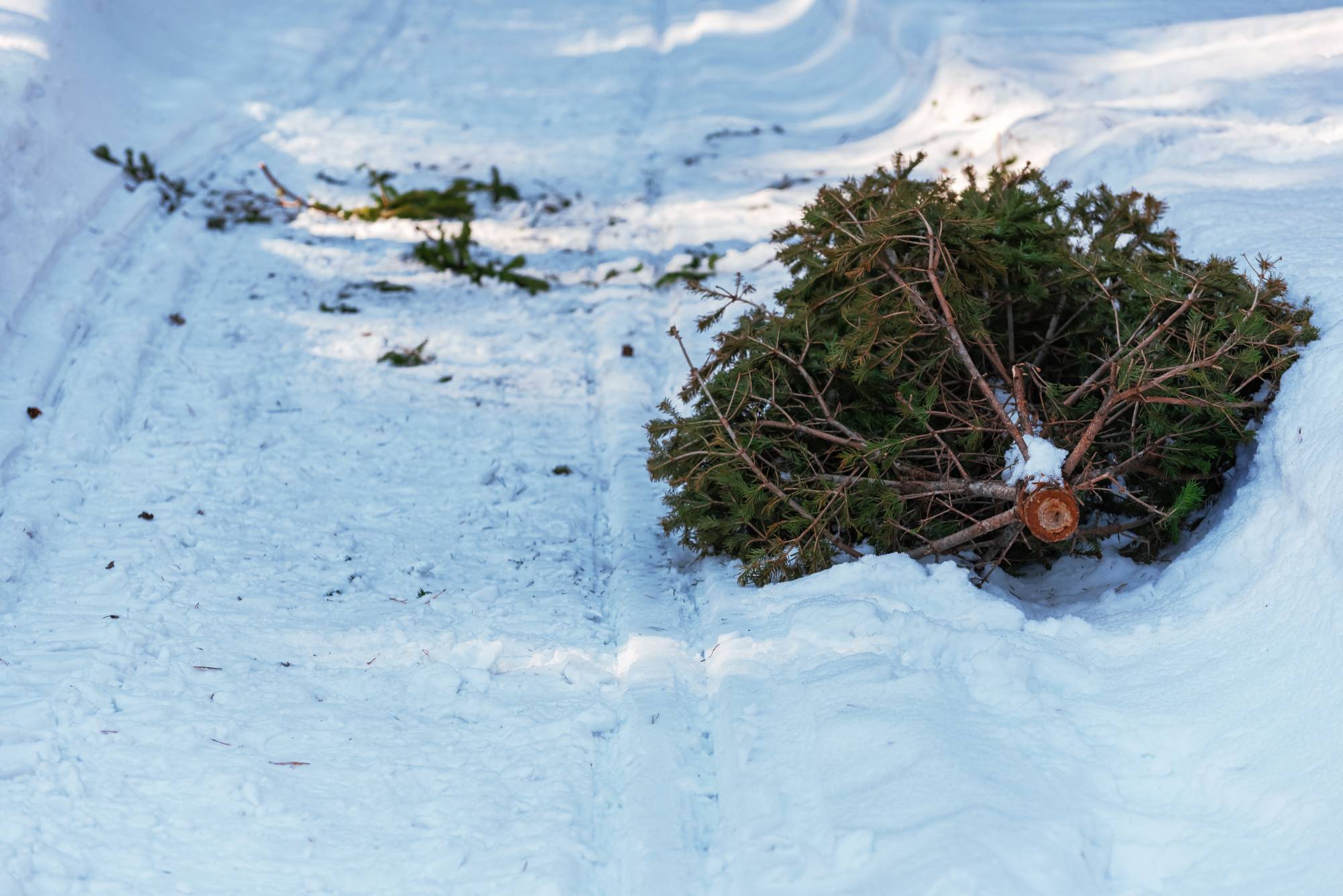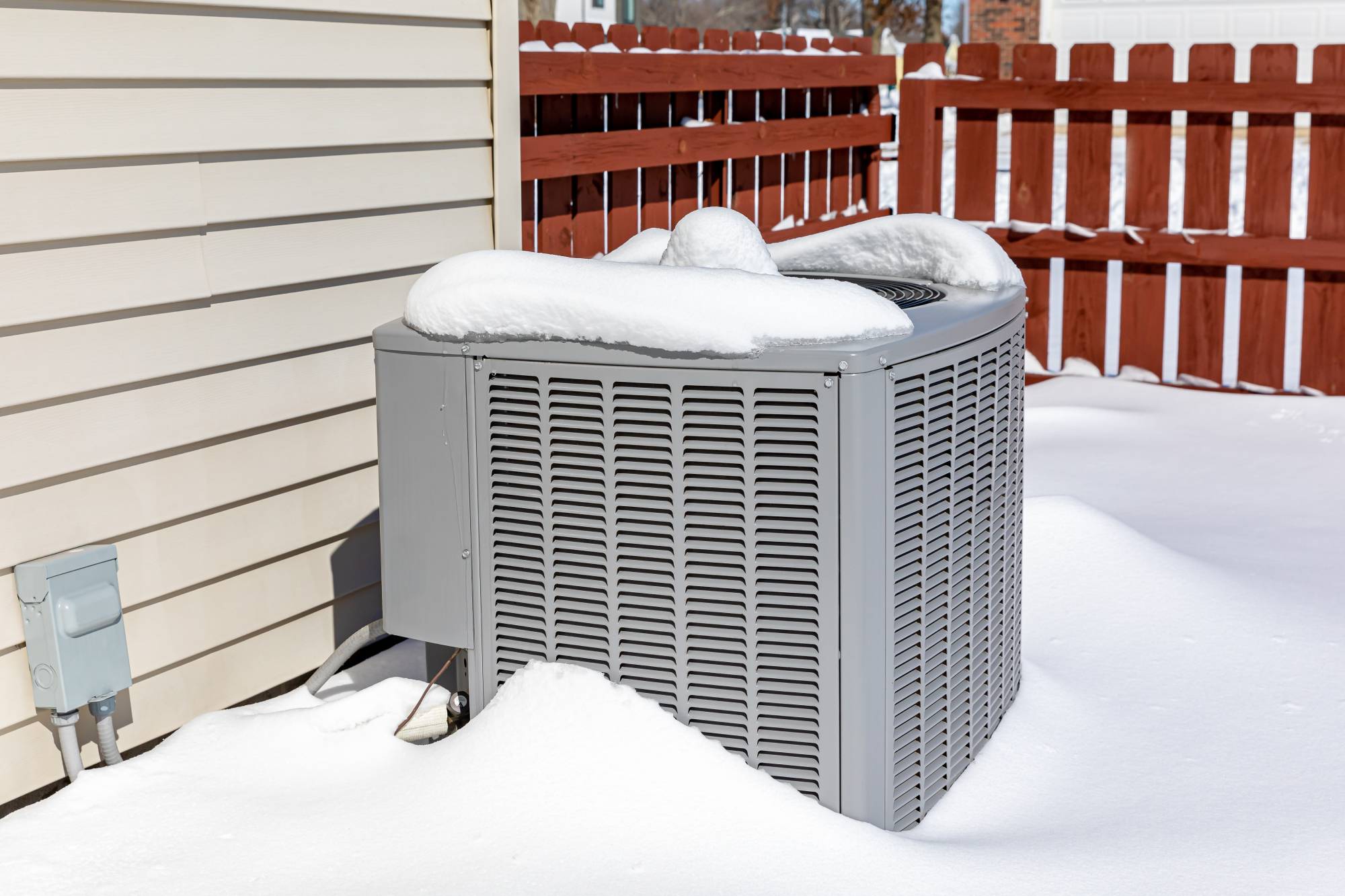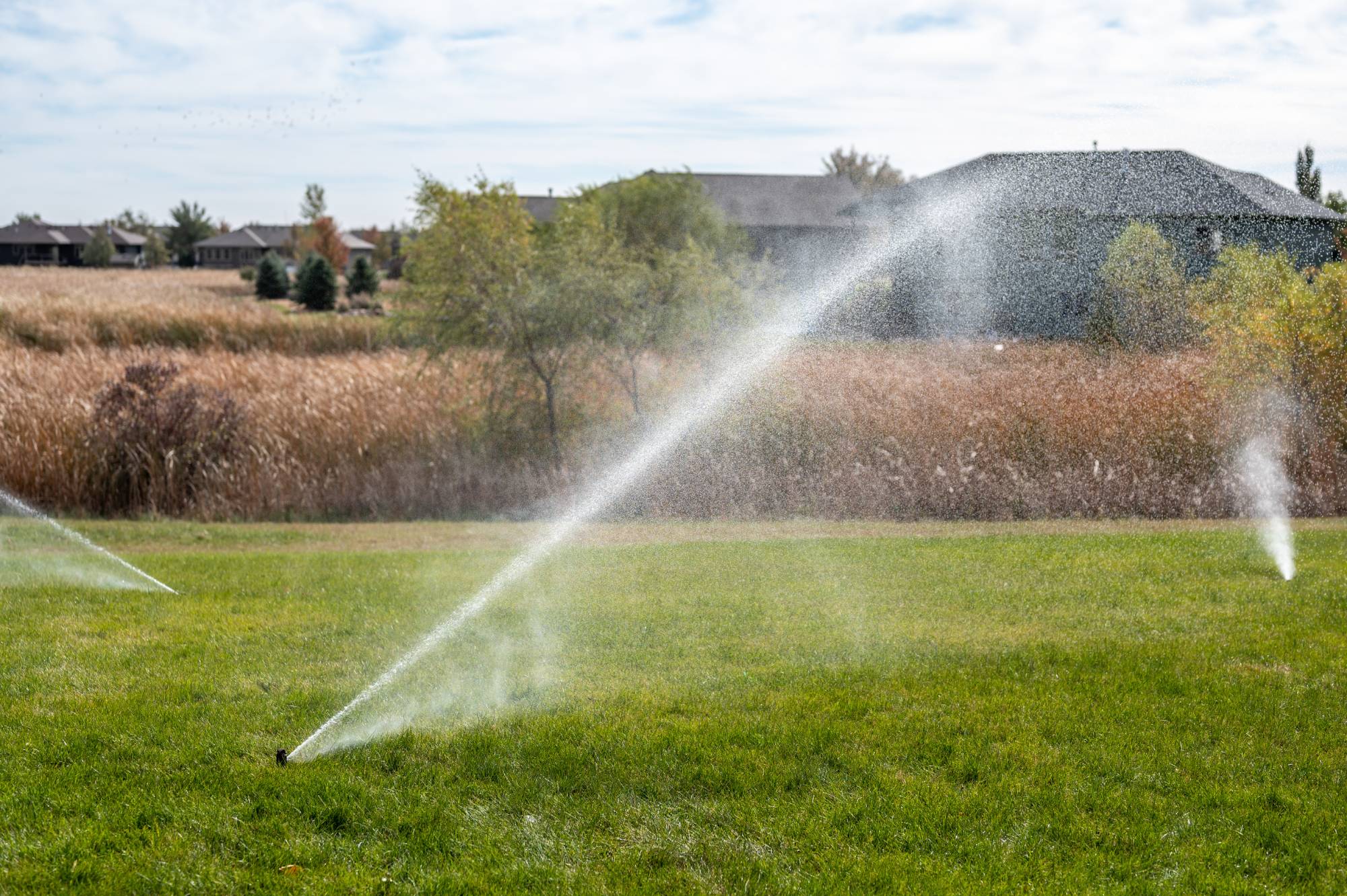Swapping out an old light fixture for an updated one can instantly transform a room. Besides the fresh look, a new fixture can provide better lighting, more functionality, and improved energy efficiency. The best part is installing a light fixture is a DIY breeze, requiring only a couple of hours and some basic skills. Read on to find out how to install a light fixture in eight easy steps.
Depending on where you’re putting the fixture, you may need to consider factors like size, style, and the type of lighting you need. Whether you’re upgrading a tired dining room chandelier or adding a stylish touch to your outdoor patio, understanding the basics of installation can make the process smooth and satisfying.
Before Getting Started

If you’ve never replaced a light fixture, don’t worry. This guide will break down the process step-by-step. However, it’s crucial to remember that whenever you’re dealing with electricity, there’s a risk of shock. Always turn off the power to the circuits you’re working on and read the manufacturer’s instructions before installing. If you feel unsure about the task, find damaged wiring, or realize your new fixture isn’t compatible, it’s best to call a licensed electrician.
Tools and Materials
With safety considerations out of the way, gather the below supplies to begin installing your new light fixture.
- Screwdriver
- Wire connectors
- LED light bulbs
- Non-contact voltage tester
- Work light or headlamp
- Ladder
- Wire strippers
- Wire cutters (optional)
- Pliers (optional)
- New light fixture
Installing a Light Fixture in 8 Easy Steps
Installing a new light fixture follows the same basic steps no matter the type of fixture. Follow the steps below for how to remove a light fixture and replace with a new one.
1. Planning

Set aside the replacement fixture including globes, glass panels, and light bulbs in a safe place. When replacing a light fixture, consider the weight of the new fixture. Junction boxes typically hold up to 50 pounds, so if the weight of your new fixture weighs about the same as the fixture you’re replacing, the existing electrical box should be fine. However if the replacement light fixture is heavier than the old one, replace the box with one designed to hold more weight.
Additionally, it’s a good idea to support the weight of the fixture while you’re working for safety. Screw a platform to the top of your ladder with drywall screws. This puts the fixture closer to the ceiling so handling any wiring is easier. Alternatively, a second ladder and helper isn’t a bad idea, especially when dealing with a heavy fixture.
2. Turning Off the Power

With the work area prepped, find the electrical panel and turn off the electrical power to the fixture. Don’t rely on a wall switch to protect yourself from electrical shock. After removing the old fixture in step three, use a voltage tester to touch the wires. If the tester turns green, the power is off. If the tester turns red, the power is on.
3. Removing Old Fixture

With one person supporting the weight of the existing fixture, unbolt any screws or lock nuts that attach the fixture to the ceiling. You may have to remove a cover to access these screws. Then disconnect the fixture’s wires. Start by twisting off the wire connectors, then untwisting the connections. Discard the old wire connectors as they can’t be used again.
A standard box will include three sets of wires: a black or red wire, a white neutral wire, and a silver or copper ground wire. These are the wires you want to disconnect. With the wires disconnected, remove the fixture from the work area, leaving the house wires hanging.
4. Tightening the Screws

With the light fixture removed, check the electrical box. If the electrical box is loose, tighten the screws but don’t overtighten. Note this box must be compatible with your new light fixture. If you have any doubts about the suitability of the existing box, purchase and install a new one.
5. Assembling the New Fixture

Spread the components of your new light fixture on a flat, clean surface and assemble the parts. If your light includes a chain, adjust it to the desired length. Simply open the link on the end of the chain with pliers or a screwdriver and attach the chain to the screw collar. Hold the light fixture against the chain and adjust the chain link accordingly. With the chain at your desired length, attach the chain to the light fixture, threading the electric wires through every other link. Remember to slide any necessary parts over the wiring and hanging chain.
6. Wiring Your New Fixture

Follow the manufacturer’s instructions. Generally, wiring a new fixture includes twisting the bare end of the black ceiling wire with the bare end of the black fixture wire, then twisting on a new wire connector cap. If needed, cut any frayed wires with wire cutters, removing one-half inch of the plastic jacket with wire strippers. Repeat with the white wire, and finally carefully repeat with the copper wire. Last but not least, tuck all wires into the box.
7. Hanging Your Light Fixture

Light fixtures often include a mounting strap, but if you’re replacing a fixture, you can reuse the existing strap. The mounting strap is a strip of metal that screws into the junction box in the ceiling. If the mounting strap is broken, unscrew it and screw the new strap in place. Otherwise, thread the fixture’s mounting stem into the mounting strap in the ceiling junction box. Then connect the light fixture to the junction box, screwing in any crossbars, lock nuts, or screw collar loops that support the fixture. Be sure your helper is nearby during this tricky step.
8. Adding the Bulbs

If the box and mounting hardware is still visible, slide the canopy against the ceiling to cover them, tightening the locknut against the canopy. Screw in any light bulbs and restore power to the main source. Turn on the light to make sure all connections are working.
Frequently Asked Questions
Can you install a light fixture yourself?

Yes, you can install a light fixture yourself however safety is of the utmost importance. If you’re concerned about the weight of the light fixture you’re replacing or ladder stability, wait to replace a light fixture until you can get a helping hand. Alternatively, if you simply don’t know how to hang a light fixture, read the above post or book a qualified Tasker.
Is it hard to install a ceiling light fixture?

Replacing a ceiling light fixture is a simple DIY task. You only need a few hand tools and a little time to install a lighting fixture.
Can you install a ceiling light without existing wiring?

It’s not recommended to install a ceiling light without existing wiring. For this task, call in a licensed electrician.
Does it matter which wire goes where on a light fixture?

Yes, it does matter which wire goes where on a light fixture. Properly connecting a light fixture is crucial for a safe and functioning fixture. If you’re unsure how to wire a light fixture, follow the manufacturer’s guidelines. Typically this means connecting the black wire on the fixture to the black wire in the junction box, and doing the same for both the white and copper or silver wires.
When to Get Help

Replacing a light fixture is a simple and cost-effective way to enhance your home. It also provides transferable skills, such as replacing a light switch or ceiling fan. Additionally, modern fixtures often come with smart features, allowing you to control their color or brightness using an app. If you’re not comfortable with electrical work, consider hiring a Tasker. Taskers can replace fixtures in various areas of your home, including closets, dining rooms, bathrooms, and even outdoor spaces. For lighting ideas, consult this guide or speak with your Tasker. With most Taskers responding in 60 minutes or less, you can find the help you need as soon as today!
Last updated on March 27, 2024 by Liz Brown

